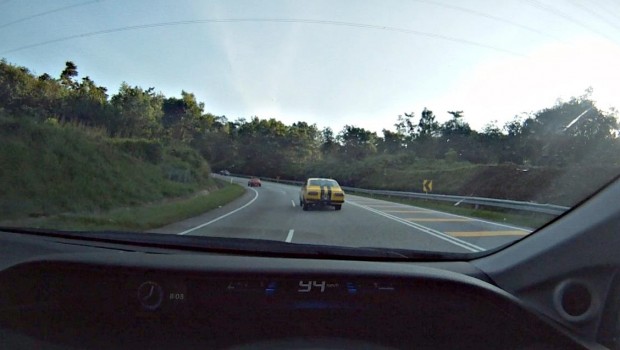What makes a quick car, Pt. 1: Power, Weight and Aerodynamics
What makes a car quick? Most people think it is power, some people think it is torque. Lotus, Caterham, KTM and other various sports car manufacturers attribute their speed to being light-weight. Some engineers focus on the aerodynamic aspect of a car, but in reality all of these factors work together to produce a quick car.
We’ll look at power first. Power is your ability to accelerate multiplied by the speed you are travelling at. While companies nowadays are putting a stronger emphasis on the torque figures of a car (like Volkswagen’s new torque-based numbering scheme), there is still a need for power. Torque allows for quick acceleration so long as you are within the torque band, and modern engines develop torque at the low end of the rpm range. This is good for starting out from traffic lights or making quick overtaking moves without the need to use a lower gear.
But at the top end, what really matters is power. Torque may help you get to the top end, but like most modern turbochargers start to choke at higher rpms, your acceleration falls off just as quickly. Power is a holistic unit of measurement for how fast your car can go- or rather, how much of the opposing force it can overcome. The more power you have, the easier it is to overcome these forces and achieve higher speeds at a quicker rate.
And what are the opposing forces in question? Aerodynamics and rolling resistance are your two primary forces, with minor frictional forces along the driveline (between 10-25% power losses between your engine and the wheels).
Aerodynamics is an area that does not matter much at lower speeds, but makes a massive difference when achieving higher speeds. Not only does your aerodynamic efficiency determine how easy it is to cut through the air, it also determines how much downforce the car is generating. Poor aerodynamics limit top speed severely, which is the case for older cars with boxier designs. Rolling resistance is simply the friction of the tyre against the road, and it increases with speed.
Weight is a big part of how quick a car is, but not in the way you might expect. The weight of a car affects how difficult it is to move off from a stop, but once up to speed it doesn’t play as large of a role. Once momentum is achieved at higher speeds, weight becomes less important than aerodynamics. But weight does make a difference in corners, where a lighter car can change direction more quickly and has more grip in general (for the same tyre width).
These are the three fundamental aspects of a car that determine whether it is quick or not- in general. But they are not the only things to consider, with plenty of other factors such as gear ratios, final drives, suspension setups, tyre choices. There is more to come in the articles that follow, so stay tuned.



















